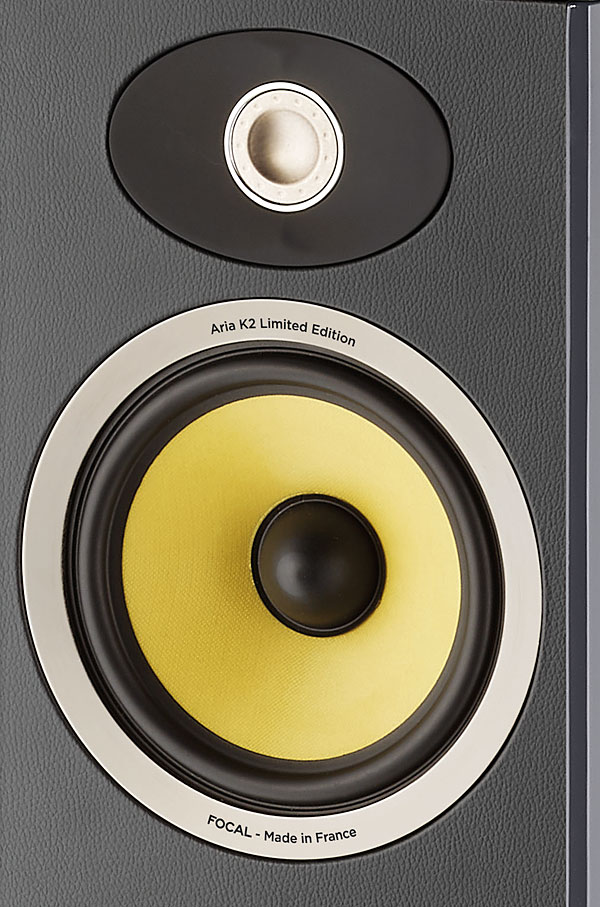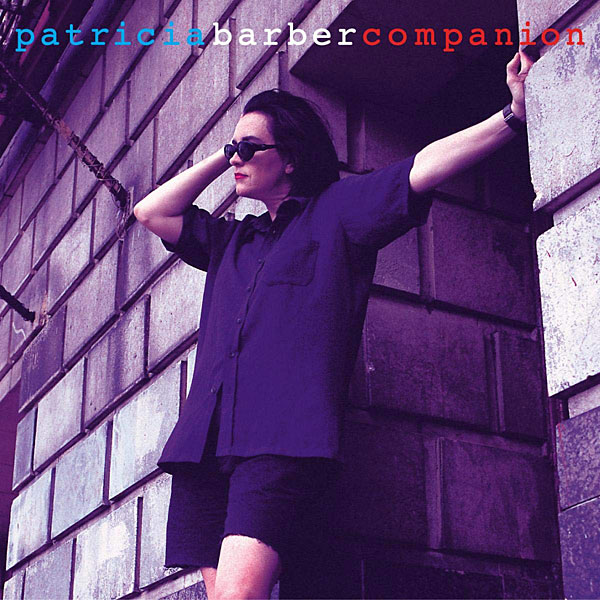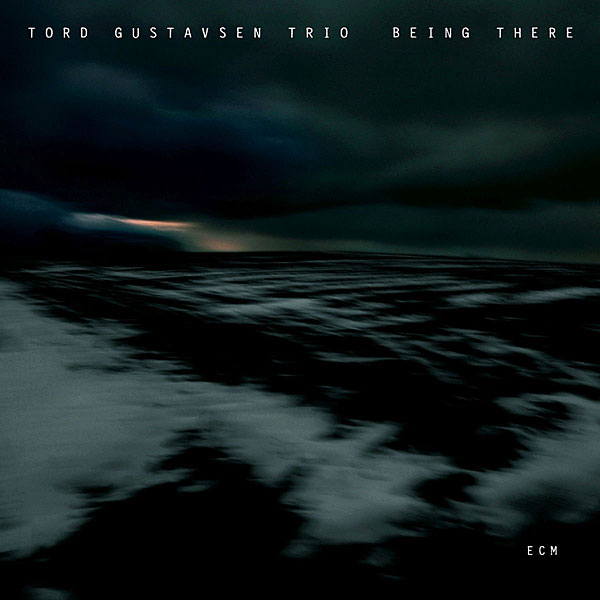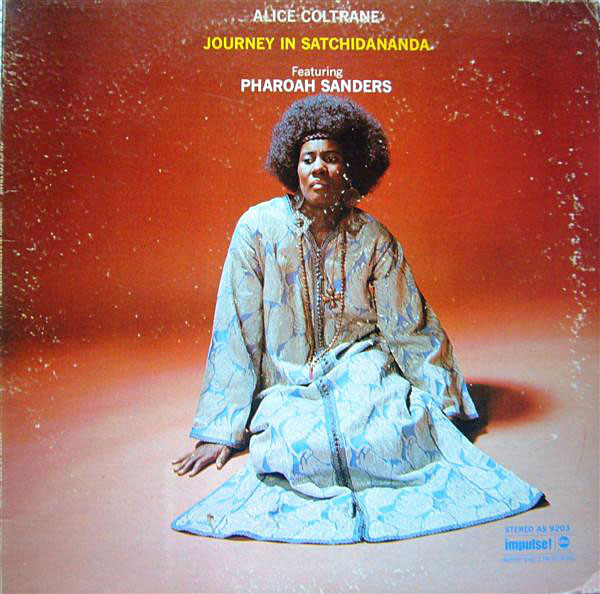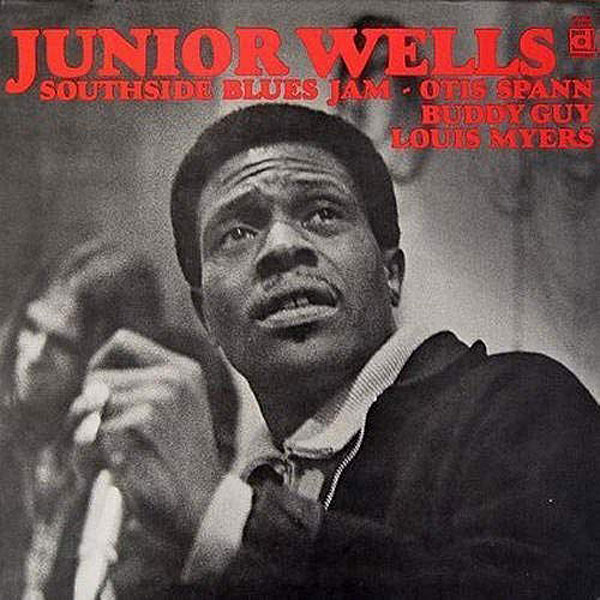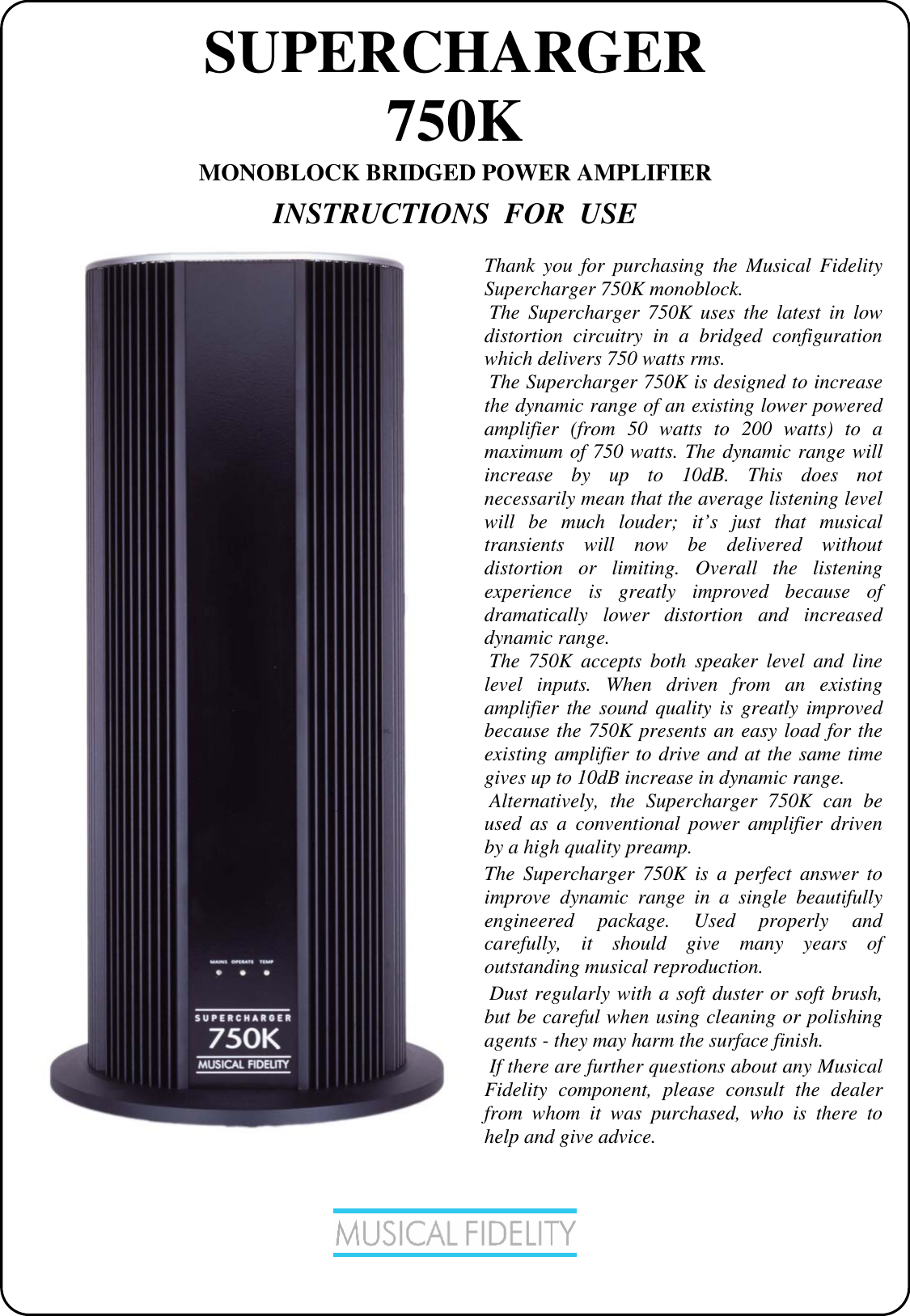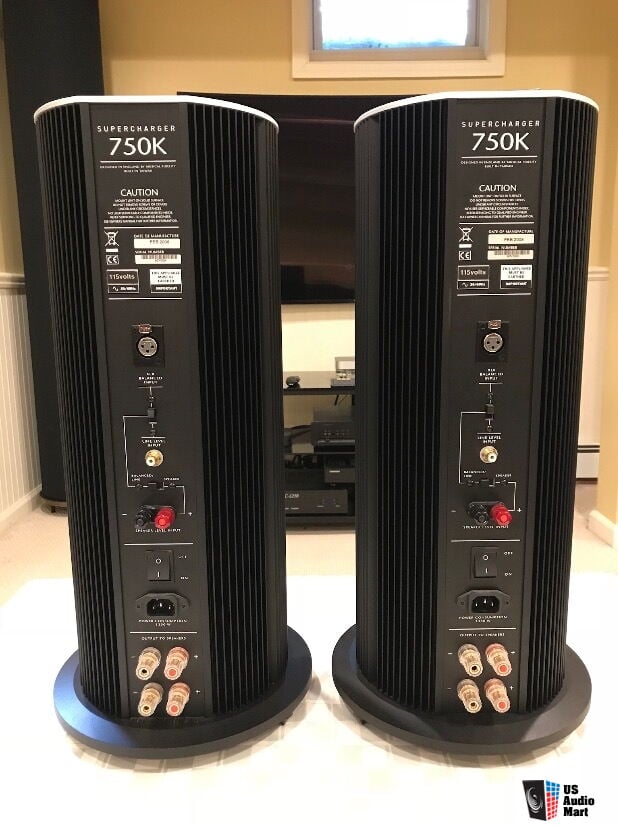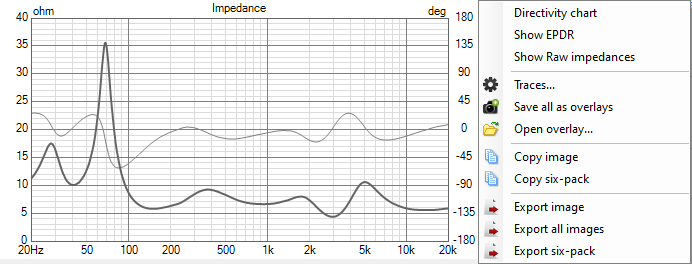| Columns Retired Columns & Blogs |
Any comment as to how the K2 936 sound in comparison to Aria 936? Inquiring minds want to know! I will say, with those neon yellow drivers, the WAF may suffer in comparison to the flax drivers.
As to the tweeter height, I also seem to have the situation of my ear level being a foot or more below the tweeters on many modern tower speakers, which is one reason I really like the way Focal positions the tweeters on the Kanta series.

